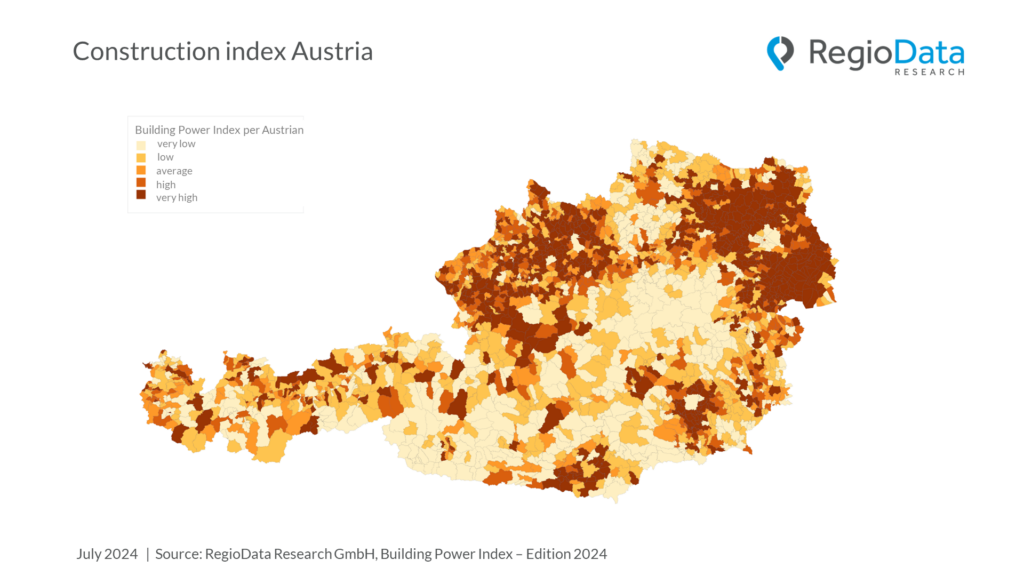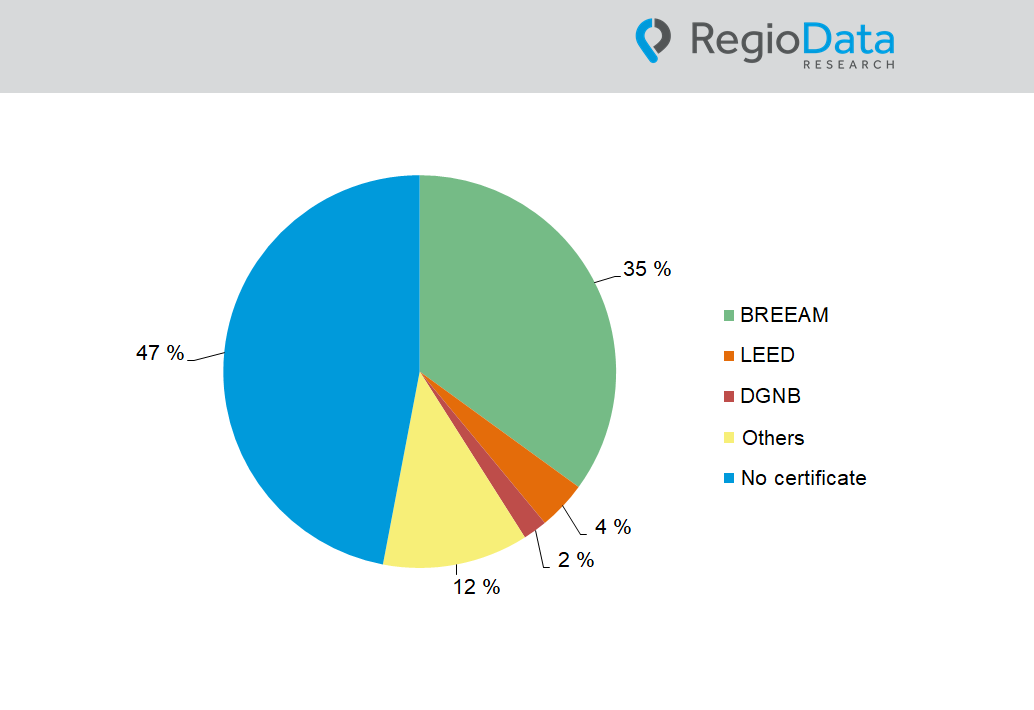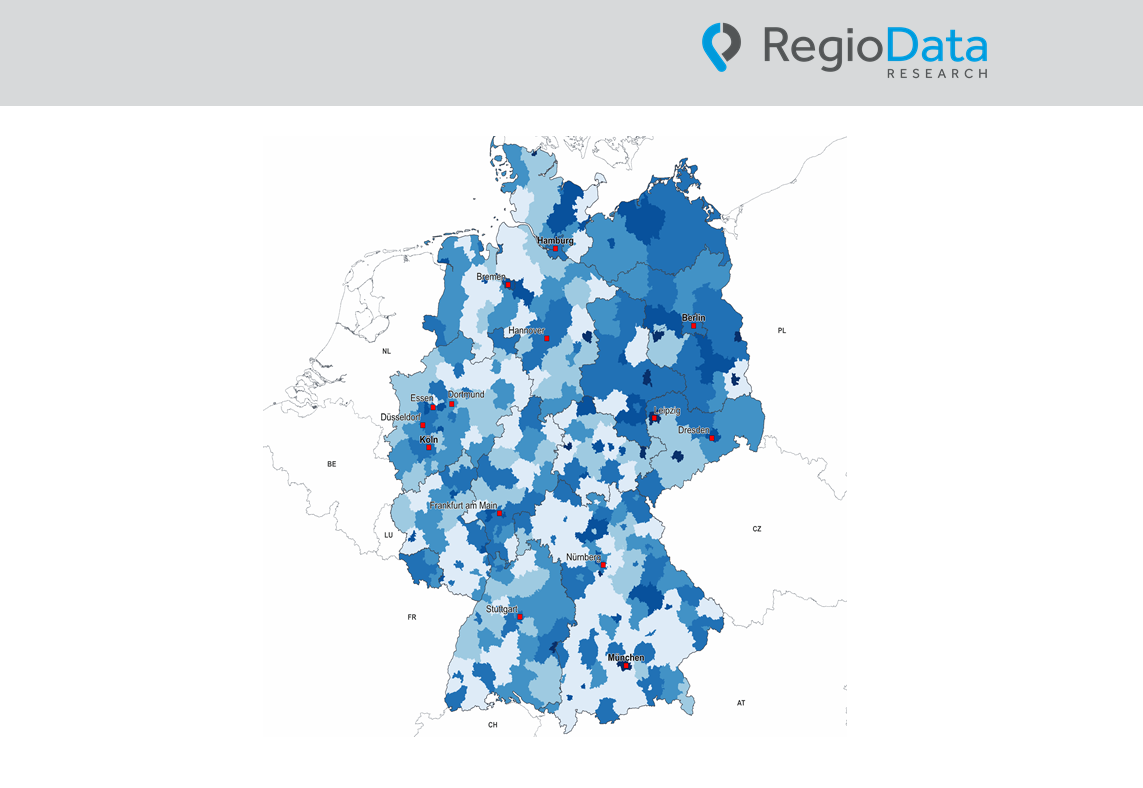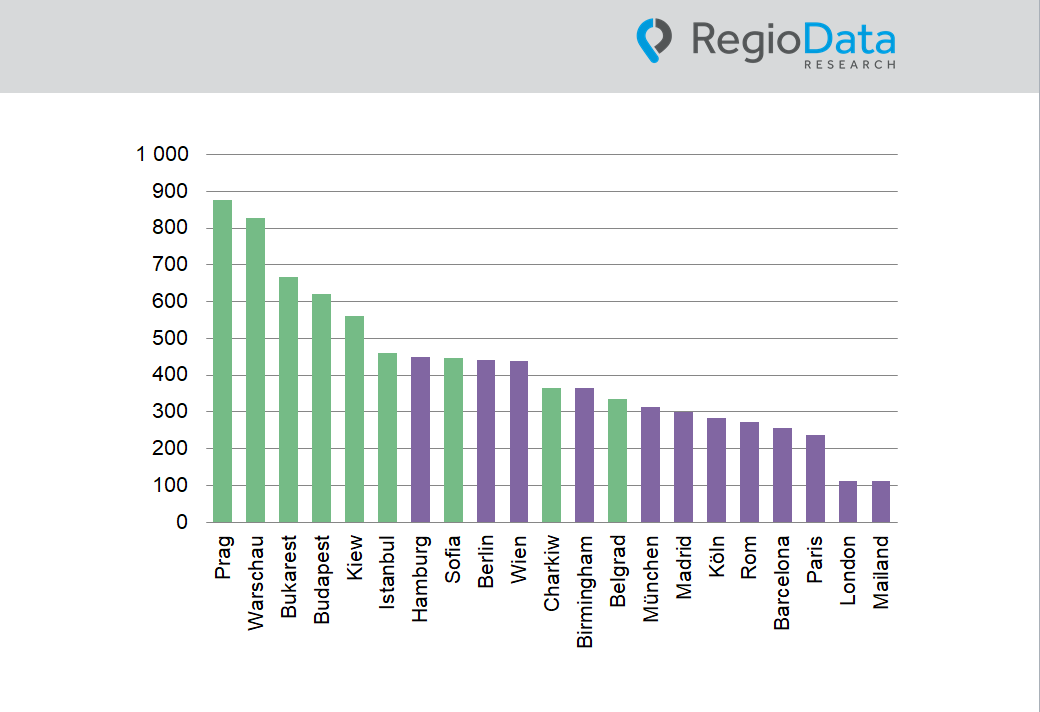Austria
Construction Boom vs. Downturn: RegioData Building Power Index Reveals Drastic Regional Differences
The RegioData Building Power Index shows the expenditures of private households for new
construction, renovation, and remodeling of residential buildings, as well as for gardens and
other outdoor facilities. The recalculation for 2024 reveals significant regional differences.
While some regions are even increasing their investments despite the challenges of inflation
and high construction costs, other regions are experiencing a complete “construction slump.”
Construction and investment are particularly strong in parts of Lower and Upper Austria, as
well as in large areas of Burgenland. Lower Austria is home to the five municipalities with the
highest construction index, led by Bisamberg with a peak value of 175.1, closely followed by
Klosterneuburg with 172.6.
The rich surrounding area attracts and benefits from a particularly high quality of life, small
and well-kept villages, proximity to the capital and a high proportion of gardens, especially as
the absolute purchasing power per inhabitant is also highest here. Other top performers are
Gablitz (167.0), Perchtoldsdorf (163.2) and Gießhübl (159.0).
At the other end of the spectrum are small municipalities with fewer than 1,000 inhabitants,
such as Straning-Grafenberg in Lower Austria with a Building Power Index of only 60.6, and
Innervillgraten in East Tyrol with 60.1. Vienna also performs poorly: the districts of
Margareten, Brigittenau, and Rudolfsheim-Fünfhaus occupy the last places with indices
between 53.4 and 49.5. Construction activity is particularly quiet in Styria as well as in the
southern parts of Lower Austria.
In summary, private household spending on construction, renovation and gardening has
shifted significantly in recent years: Less new private construction and more renovations and
improvements to the existing building fabric. In addition, investment in open spaces such as
gardens and terraces has increased massively in recent years. As a result, the building
power index has shifted primarily to the “rich” suburbs around the larger cities, away from the
classic “house building areas”.
share post




